



KEIREI (けいれい) is a classroom greeting procedure that is performed at the start and end of each lesson, or when a teacher enters the classroom.
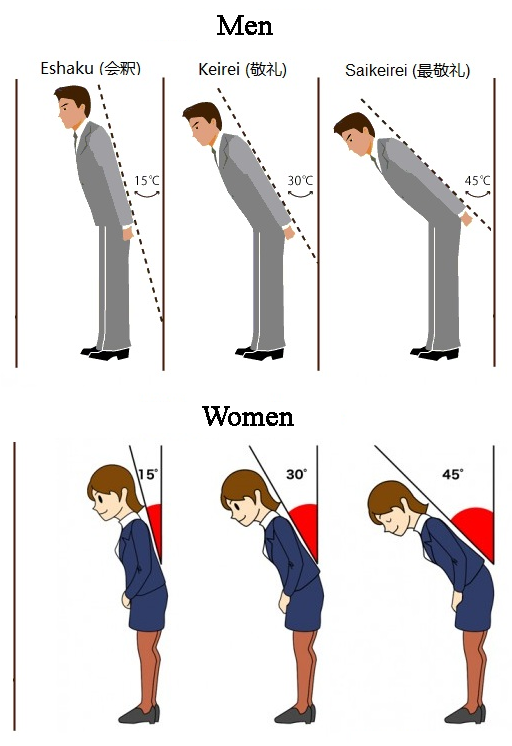
This very large set of characters com from China and are often called Chinese characters. They stand for particular meaning and are often read in a number of different ways depending on their place in a word. The Japanese commonly use almost 2000 of these characters. Although some of these characters are very simple, many of them are impressively complicated.
Download Prescribed Characters for the Japanese Beginners Stage 6 Syllabus
So far, we have learnt that the particle で is used to indicate a place where an activity occurs. In this unit, we will see that it can also be placed after the means of transport by which you travel.
Revise vocabualry: Transport
Read as ~ゆき or ~いき, this is written after the destination (place) to mean ‘bound for’.
Examples:
This particle can also be used to indicate the instrument by which an action is performed.
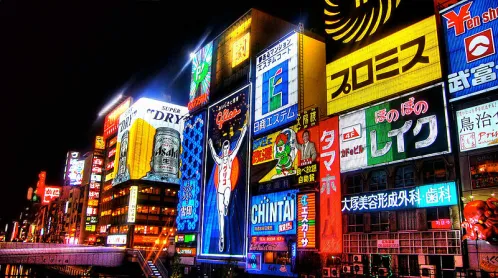
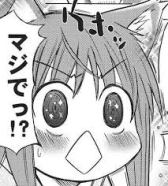


Essentially, katakana is used and read the same way as hiragana. Refer to the katakana chart below for its pronunciation.

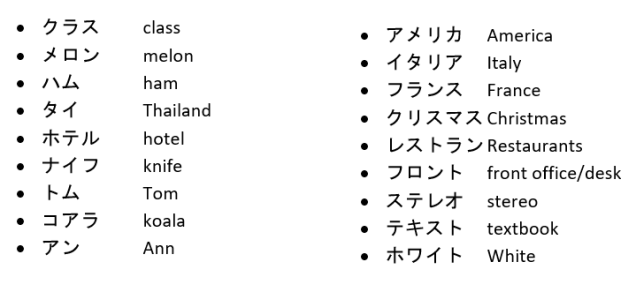
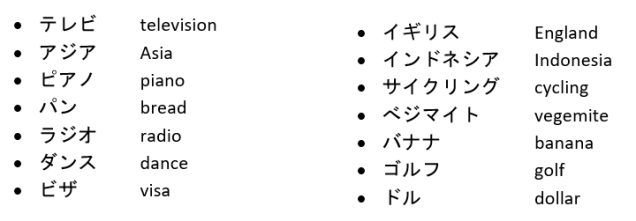

Long vowels in katakana are indicated by “ー” for horizontal writing and flipped 90 degrees for vertical writing for all rows of katakana table.
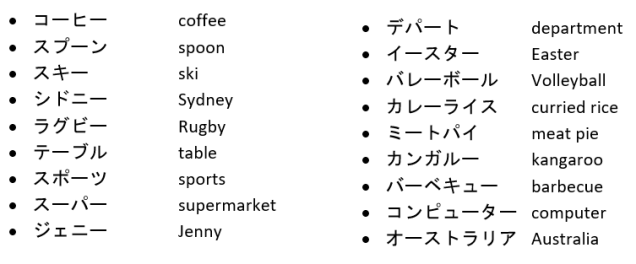
Doubling consonants is indicated by the katakana small tsu, ッ.

So far, except for the simpler method of lengthening vowels, the use of katakana has been identical to the use of hiragana. We next come to a device that is used in katakana but not in hiragana. Some foreign words use sounds that are not used in Japanese. In order to express these sounds, a small a, i, e, o (ァ,ィ,ェ,ォ) is used. Their methods of use should be clear from examples below.
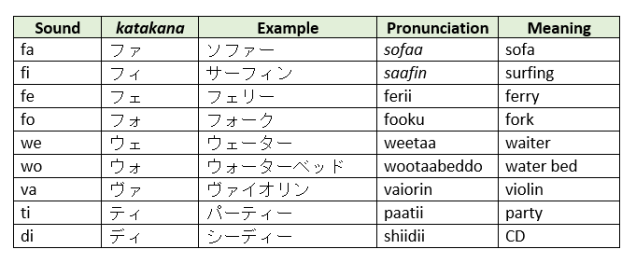
When compound words or names are written in katakana, sometimes, a dot is placed between the words.
Katakana stroke order animations, listen to each katakana, see how the katakana is used in common vocabulary, and take katakana quizzes.
(Click image to play)
(Click image to download)
Organised in levels of difficulty (Lv. 1 to 9)
(Click image to download)
(Click image for access)
(Click image to download)
(Click image to play)
The Japanese writing system is made up from 46 basic syllabic letters. The basic hiragana are shown in the chart below. The method of writing them is shown in the Stroke Order Videos further down the page.
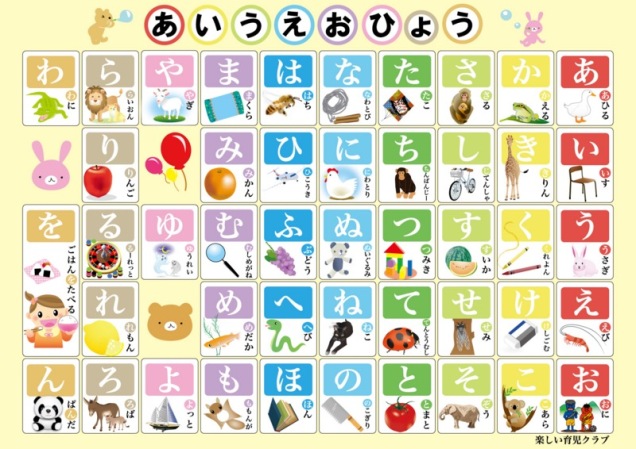
Basically, in Japanese script, all letters are pronounced individually (exceptions to this will be mentioned later). For instance, look at the first column.
あ い う え お
あおい, blue, is pronounced, a, o, i, as three separate vowels. There is no blurring of vowels as in the English word peal. An exception to this is when one vowel is repeated. It is then read as one long sound (i.e. the sound is held for two syllables), rather than being voiced twice. For instance:
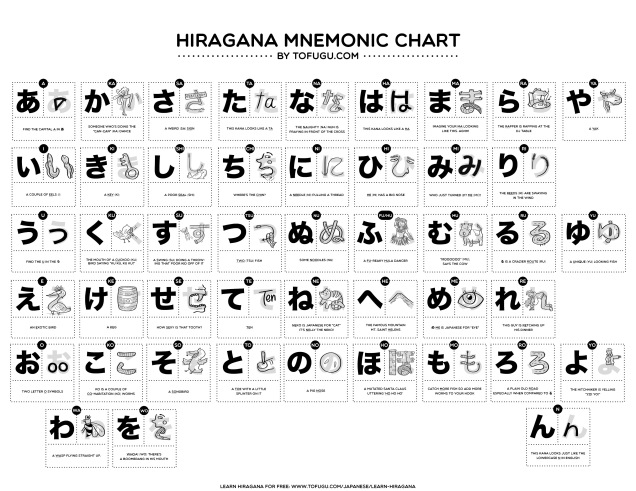
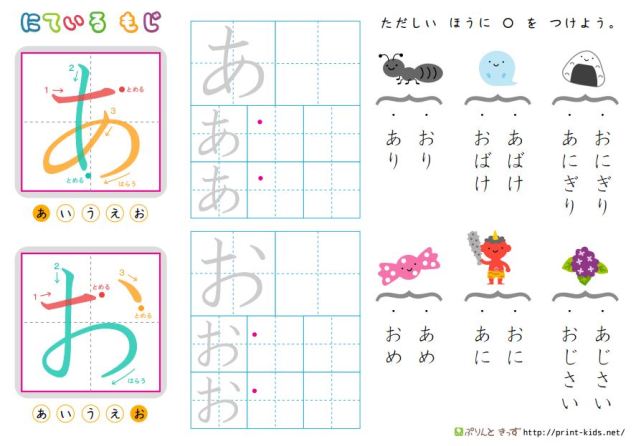
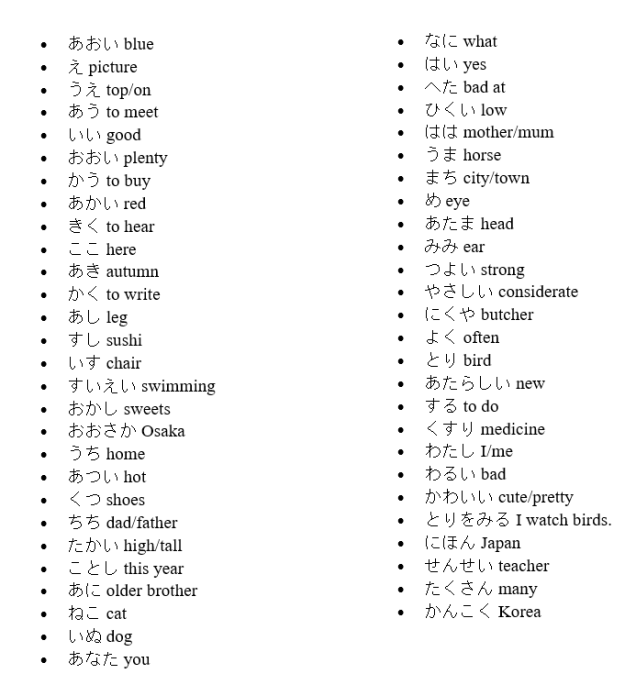
Some basic syllables can be modified by adding two dots (e.g. が) or a circle (e.g. ぺ). The pronunciation of these syllables is shown below.
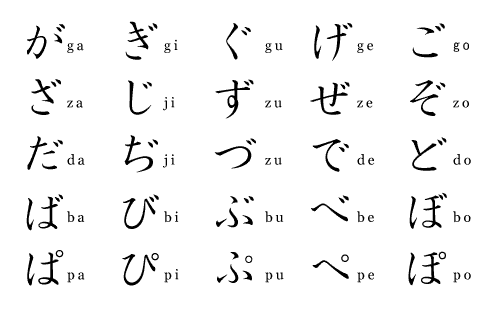
When ga, gi, gu, ge or go is in the middle of the word, it may also be pronounced with a nasal ng or with the English pronunciation g sound.
If a small ゃ is added after the syllable き, it is then pronounced kya and written as きゃ. The small ゃ,ゅor ょ can be added any い sounds.
See Combo Hiragana below.
Examples:
It has been previously mentioned that いい, ええ and ああ are each pronounced as one long vowel. The vowels that are sounded in combination with consonants may also be lengthened by adding a vowel. For example, かあ is pronounced kaa (long a), not ka, a (two distinct vowel sounds).
It has been previously mentioned that いい, ええ and ああ are each pronounced as one long vowel. The vowels that are sounded in combination with consonants may also be lengthened by adding a vowel. For example, かあ is pronounced kaa (long a), not ka, a (two distinct vowel sounds).
RULES:
There are no syllables for individual consonants in Japanese. Hence, a special device is needed to indicate a double consonant. This device is called small tsu, っ. Notice the difference in the size between つ and っ. The small っ is not pronounced. Instead, it indicates a pause before the next letter.
Practise writing hiragana including those with ten ten and maru.
(Click to download)
Practice booklets
Practise writing hiragana including those with ten ten and maru.
(Click to download)
Hiragana stroke order animations, listen to each hiragana, see how the hiragana is used in common vocabulary, and take hiragana quizzes.
(Click image to play)
(Click image to play)

(Click image to play)
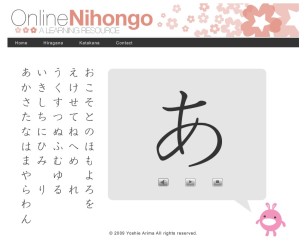
Download Link: http://www.jfkc.jp/en/material/memoryhint.html
(Click image to download)
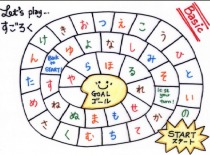
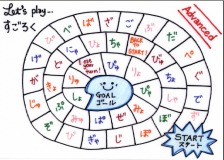
These vowel sounds are combined with consonants to make a syllable.
For example:
Although the Japanese consonant /r/ is written using Roman letters r, the pronunciation is closer to /l/. This results in Japanese people making errors in English such as:
Watch the following video to practice Japanese /r/.
Be aware of the reading order (from right to left and top to bottom)
Version 1. Standard hiragana chart
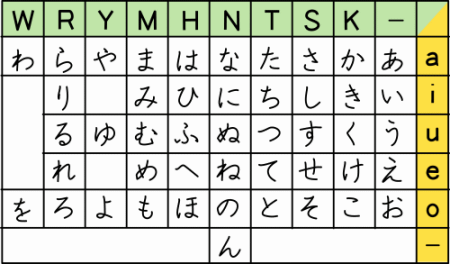
Version 1. Extended hiragana chart with romaji

Japanese can be written in the same alphabet as we use for English – this is called rōmaji (roman letters). However, the Japanese themselves do not use this system of writing; instead, they use a combination of three writing systems.
Hiragana is a phonetic system of writing.
It is made up of 46 characters which stand for a vowel sound such as /ah/, a consonant + vowel such as /ka/ or the letter n. All words of Japanese origin can be written in these characters and this is the first set of characters taught at a school in Japan. These characters have a rounded shape and are made up of no more than 4 lines.
This set of characters stand for the same set of 46 sounds as hiragana, but they are only used for very specific purposes. These are:
These characters are quite angular and have fairly sharp corners and straight lines. They are also made up of no more than 4 lines.
The third system of writing is kanji. This very large set of characters com from China and are often called Chinese characters. They stand for particular meaning and are often read in a number of different ways depending on their place in a word. The Japanese commonly use almost 2000 of these characters. Although some of these characters are very simple, many of them are impressively complicated.
You can write all Japanese by just using hiragana and katakana, and indeed this is how young children in Japan start writing. Kanji can be included in your writing as they are learnt and they make it easier to quickly see the meaning of a passage of written Japanese.
In standard Japanese script, ひらがな,カタカナ, and 漢字 are all used together, as in the following example: